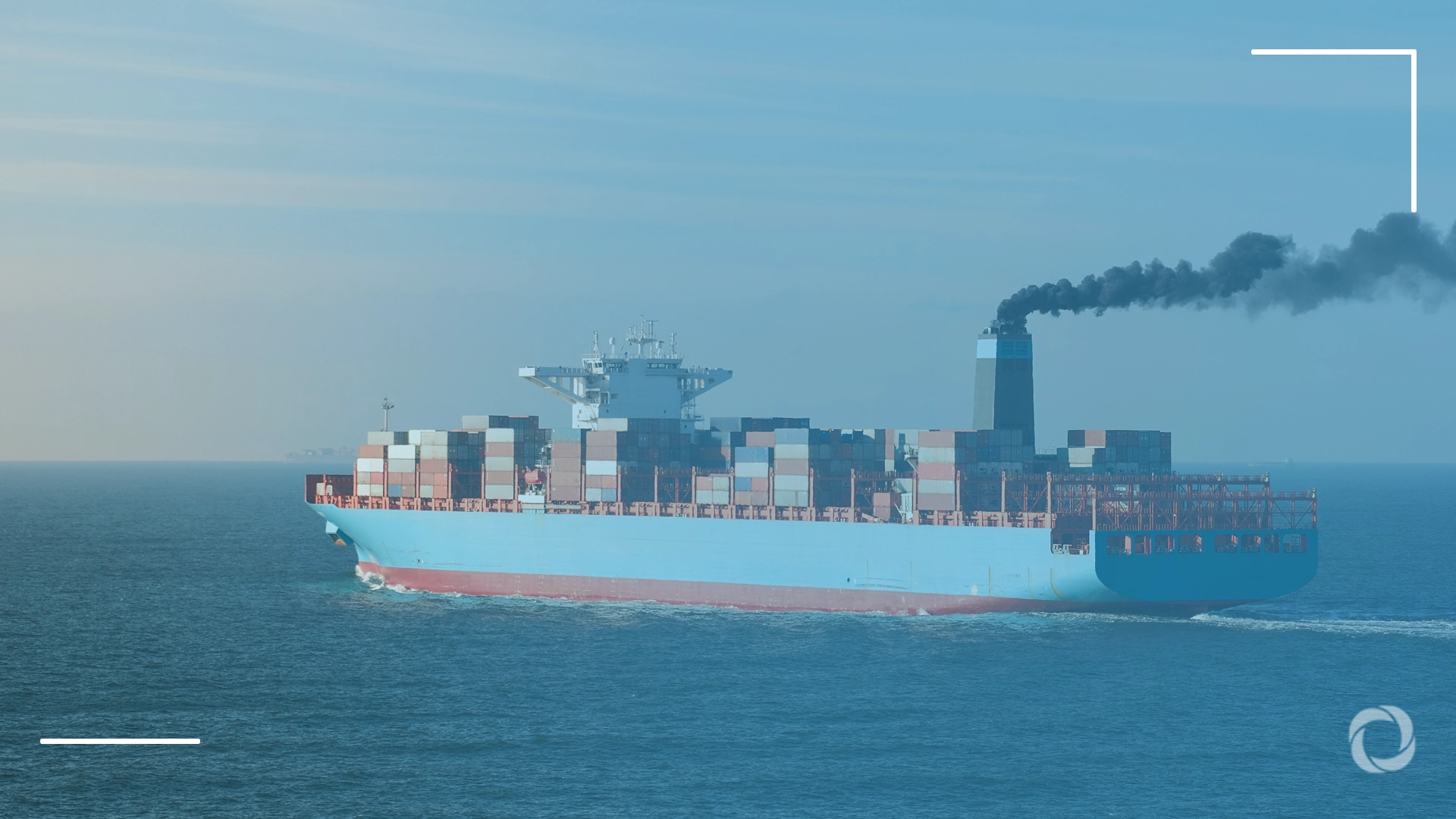Key reasons to read this story:
- U.S. pressure helped to sink the world’s first-ever global carbon tax on ships – a US$10 billion-a-year plan
- Shipping is responsible for 3% of global emissions, more than Japan or Germany, yet it still pays nothing for its huge levels of emissions
- For island nations facing rising seas and a US$360 billion climate funding gap, the collapse is existential
A bold plan to make the shipping industry pay for its carbon pollution has run aground. At a high-stake United Nations meeting in London last month, a proposal to make global shipping pay for its emissions was abruptly postponed. Diplomats commented that the vote was derailed by behind-the-scenes pressure from the United States and other major exporters.
The plan would have been historic: for the first time, ships crossing international waters would have been charged for the greenhouse gases they emit, with this step expected to channel billions of dollars into climate projects.
Instead, the plan sank under pressure, becoming another reminder of how easily political power can override environmental ambition. The failure came just weeks before world leaders gathered in Brazil for COP30, where momentum for decisive climate action is already faltering.
Why the tax plan matters
Shipping is responsible for 3% of global carbon emissions. If it were a country, it would be the world’s fifth-largest polluter. Without tougher rules being implemented, shipping could increase global emissions by 10% by mid-century.
Unlike cars, planes, and power stations, ships have avoided carbon taxes because they operate in international waters. The industry has never had to pay for its pollution.
That was supposed to change. Since 2023, the International Maritime Organization, the UN agency responsible for maritime regulations, has been developing a plan to charge shipping companies with the aim of achieving net-zero emissions from ships by or around 2050, in line with the Paris Agreement.
What the plan proposed
The proposal, known as the Net Zero Framework, would have charged ship owners a fee per ton of CO2 beginning in 2028. The resultant revenue, estimated to be US$10 billion per year, would flow into two streams:
- One for developing nations to support climate adaptation efforts
- One for the shipping sector to subsidize green fuels like green methanol and ammonia.
More than 60 countries, led by the Pacific Island nations facing rising seas, backed the proposal. Even the shipping industry supported it, calling carbon pricing “the most effective way” to speed up the energy transition, according to the International Chamber of Shipping, which represents 80% of the world’s merchant fleet.
How the proposal was sunk
President Donald Trump declared his opposition before the vote even started. In a statement, his administration argued the levy would hurt American companies and hand billions to “unaccountable international bodies”.
Behind closed doors, the pressure only intensified. According to Politico, Energy Secretary Chris Wright and Agriculture Secretary Brooke Rollins personally called officials in over 20 countries, encouraging them to reject the plan.
Several delegates told the Financial Times that Washington went even further, threatening tariffs and visa restrictions against any countries that voted yes – an unusually aggressive tactic in a UN setting, where consensus is normally built through negotiation rather than coercion.
The U.S. was not alone. China, Brazil, Saudi Arabia, South Africa, and other major exporters also opposed the levy. China and South Africa pushed for a credit-trading system that would allow low-emitting ships to sell credits to heavier polluters, while oil producers like Saudi Arabia viewed a carbon tax as a threat to their petroleum revenues.
Who loses?
For nations already experiencing climate impacts, the failure of this plan is more than a policy setback; it is existential.
As Tuvalu’s Minister of Transport and Energy, Simon Kofe, told fellow delegates during the negotiations: “While larger, wealthier nations debate the threat to livelihoods, Pacific island nations are forced to consider the threat to lives and to statehood itself. That is the scale of what is at stake.”
The numbers back up his frustration. Developing countries face a US$360 billion annual gap between what they need to fund climate adaptation and what they actually receive. Of the money that does arrive, less than 20% reaches the communities that need it most, according to the World Resources Institute.
The US$10 billion from the shipping levy would not have closed the gap, but it could have made a tangible difference.
What happens now?
The proposal has been shelved until 2026. Officials call this a pause for consultation, but many delegates see it as paralysis.
Without a global standard, the world is bracing itself for a messy patchwork of regional rules. The European Union has already signaled it will expand and tighten its own Emissions Trading Scheme (ETS) for shipping, effectively forcing the world’s largest trading bloc to collect the carbon price that the IMO could not.
Meanwhile, the IMO’s promise to reach net-zero emissions by 2050 looks increasingly unlikely. The technology to clean up shipping exists. Green fuels are becoming viable. What is missing is not innovation, it is political will.

